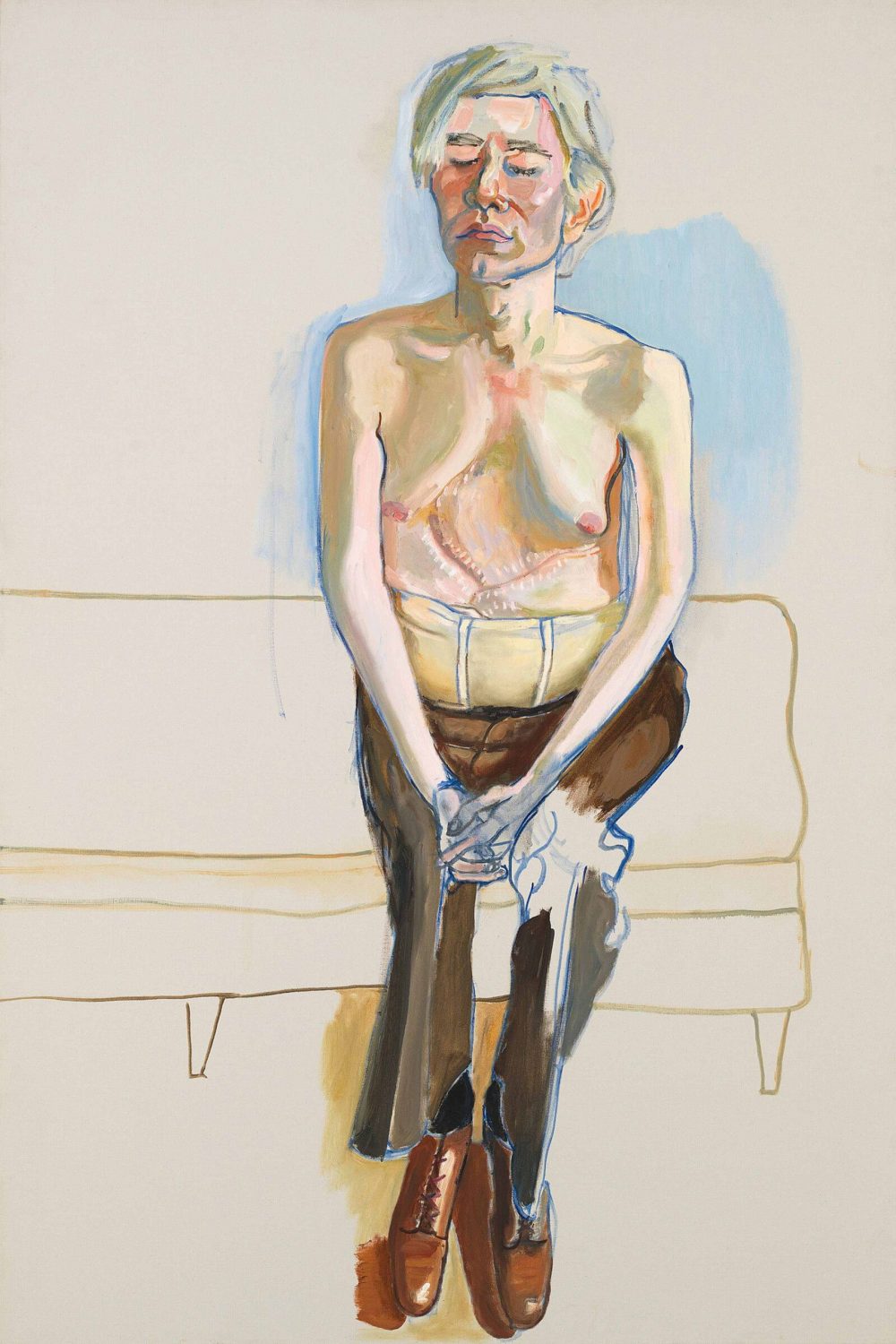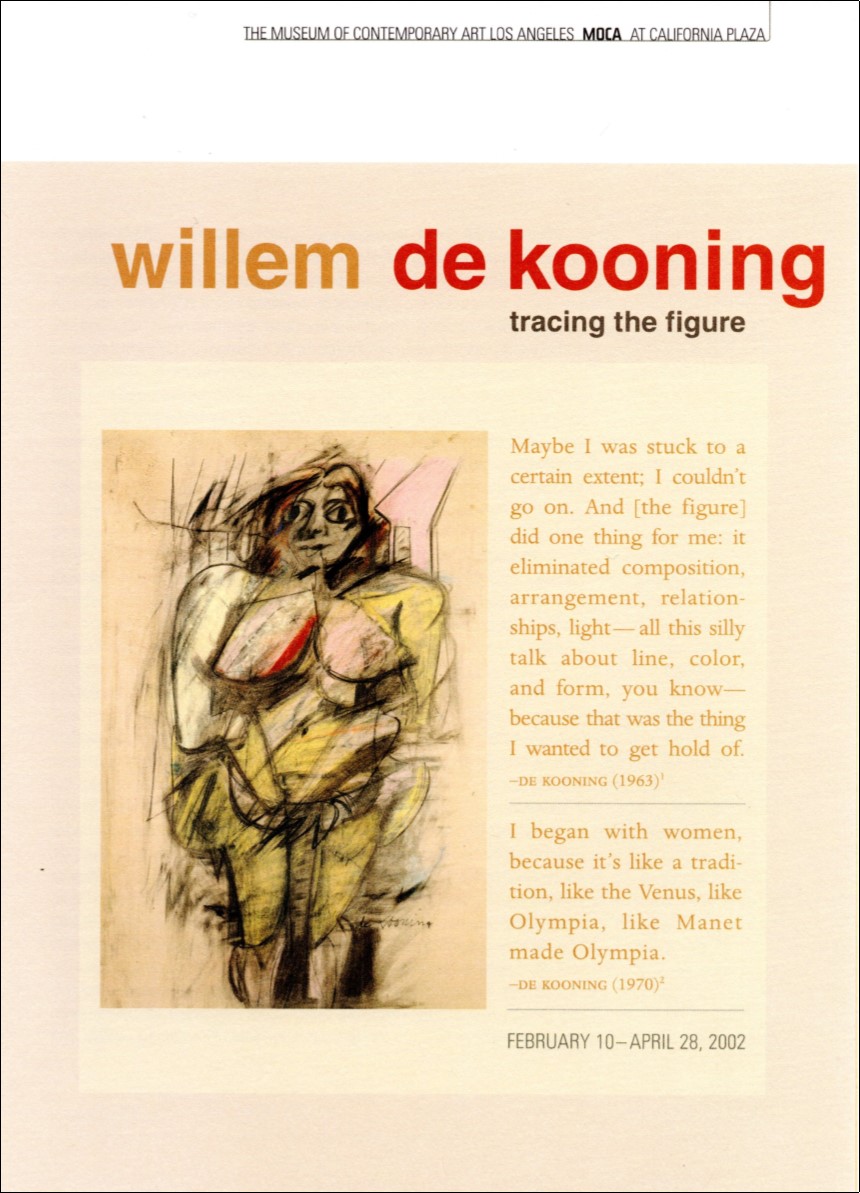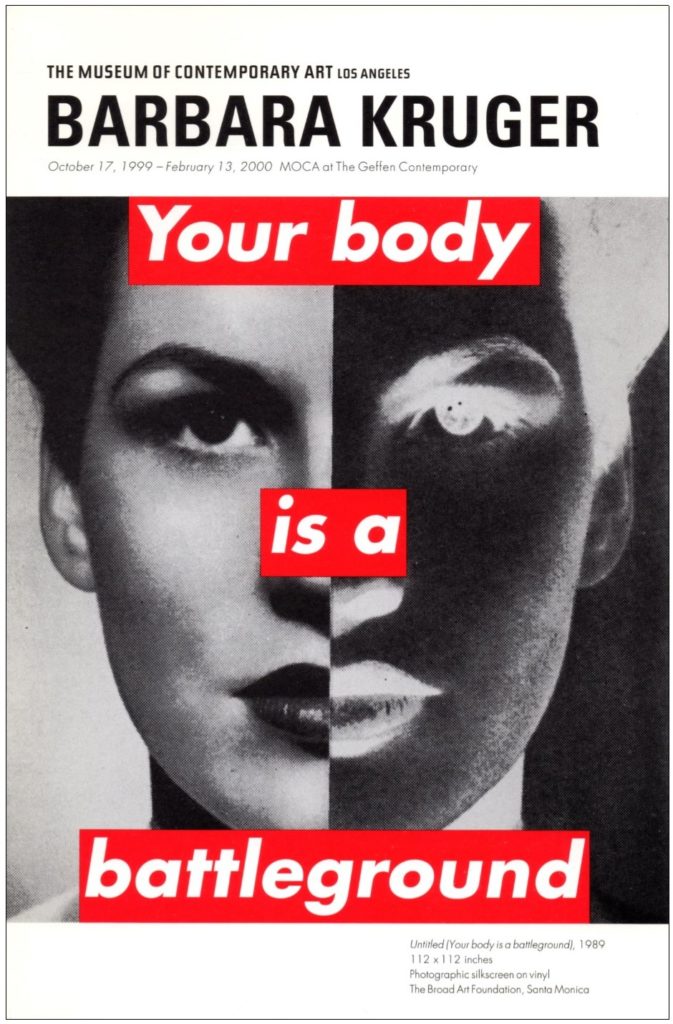I’m in a crowded museum, at one of those big exhibitions for which one has to purchase a timed ticket. On this particular day, it’s not packed, as such shows often get, but there are a lot of people present. Suddenly, as if on cue, everyone in the gallery where I stand wanders out, and I’m left with Edvard Munch’s Death in the Sick Chamber before me. Inexplicably, for probably three minutes, I am alone in the room and have the painting all to myself; it’s as if I’m in the chamber with the mourners.
Edvard Munch1 is generally thought of in the popular culture, if he is thought of at all, as the unhinged artist who painted The Scream, on which the mask from the slasher movie franchise Scream2 is based. The painting is probably one of the most recognized, and certainly one of the most parodied, images in art history. The poor distressed figure has not only had to endure the precarious mental and physical states of the artist,3 the existential angst of the time, and the burden of representing Munch’s entire oeuvre to most people, but has also been subjected to the humiliation of being forced to hawk cars4 like some late-nineteenth century Cal Worthington.
In 1893, when Munch painted The Scream,5 the piece must have seemed like an open wound – even Impressionism was still considered radical in his home country of Norway. He eventually did five versions of the image – two paintings, two pastels, and a lithograph. I’ve never seen any of those actual pieces, although I have been to two large exhibitions of his work – in 1993, Edvard Munch and His Models, 1912-1944 at the Berkeley University Art Museum in its only US stop; and in 2017, Between the Clock and the Bed, before it traveled to New York and Oslo, at the San Francisco Museum of Modern Art.
The Berkeley show, comprised of Munch’s often-overlooked later work, focused on the six models with whom he regularly worked during the last thirty-two years of his life. The SFMOMA presented a general, career-spanning retrospective. What struck me about both shows was not the absence of Munch’s most well-known image, but how much of what has transpired in painting since Munch’s time can be seen in his work. While perfectly capable of modeling figures and objects in a convincing manner, Munch would often simplify and flatten form, leave portions of the canvas unpainted, apply paint in a sketchy, linear fashion – approaches which disregard the idea of three-dimensional illusion.
Munch’s focus on themes relating to alienation, sex, and death, and his rough and emotionally raw execution of them prefigured the German Expressionist movement. Although Munch showed in several German cities as early as 1892, when his paintings scandalized both the general public and the art world establishment, I’ve read that many German Expressionists denied seeing his work until many years later, after they had developed their mature styles. Some of them are also known to have backdated work, evidently to give the impression that they came to those styles prior to when they actually did, so their claims of not being familiar with Munch’s work can be taken with a whole shaker of salt. At any rate, Munch felt that painting should do more than represent “people who read and women knitting.”
It is not only Munch’s compositional and painting techniques and subject matter which show him to be an extraordinarily forward-thinking artist. He had an outdoor studio where he also often stored his work, allowing the paintings to be exposed to dirt, sun, wind, rain, snow, hail, et al. This attitude relates to concepts which are still controversial today. Contemporary artists who use non-archival materials or mixed-media combinations which are not archivally sound often say they aren’t concerned about how the work will change over time, or that the changing is conceptually an inherent part of the work. This thinking is troubling to museum boards, directors, and trustees, who obviously have a vested interest in the works in their collections being stable. Munch felt the stains, scratches, cracks, mold, and other uncontrolled consequences the elements wreaked on his paintings made the work better. However, he also obviously wanted his oeuvre cared for – when he died in 1944, he left his estate to the city of Oslo, where the Munch Museum opened in 1963, marking the centenary of his birth.
People stroll back into the gallery, breaking me from my reverie. As I leave the room, I don’t know if Death in the Sick Chamber is my favorite painting in the show, but having undistracted time with it without others around is the most moving experience of the day.
1 Pronounced muhngk, not like the sound you make when you’re on the couch with your head in a Party Size bag of Lay’s Sour Cream & Onion Potato Chips. And crumbs all over your sweatshirt.
2 I’ve never seen any of these movies. I don’t imagine I ever will.
3 “Disease, insanity, and death were the angels which attended my cradle, and since then have followed me throughout my life,” Munch said. He wasn’t exaggerating.
4 Specifically, the Pontiac Sunfire.
5 I understand that the Norwegian title, Skrik, more accurately translates to English as “shriek.”

















![Francis Bacon: Three Studies of the Human Head [Right panel] (1953).](https://i0.wp.com/coreyokada.com/wp-content/uploads/2021/03/francis_bacon-three_studies_of_the_human_head_1953_right_panel.jpg?w=176&h=176&crop=1&ssl=1)
![Francis Bacon: Three Studies of Muriel Belcher [Left panel] (1966).](https://i0.wp.com/coreyokada.com/wp-content/uploads/2021/03/francis_bacon_three_studies_of_muriel_belcher_1966_left_panel.jpg?w=176&h=176&crop=1&ssl=1)
![Francis Bacon: Tripych Inspired by the Oresteia of Aeschylus [Middle panel] (1981).](https://i0.wp.com/coreyokada.com/wp-content/uploads/2021/03/francis_bacon_triptych_inspired_by_the_oresteia_of_aeschylus_1981_middle_panel.jpg?w=176&h=176&crop=1&ssl=1)




















